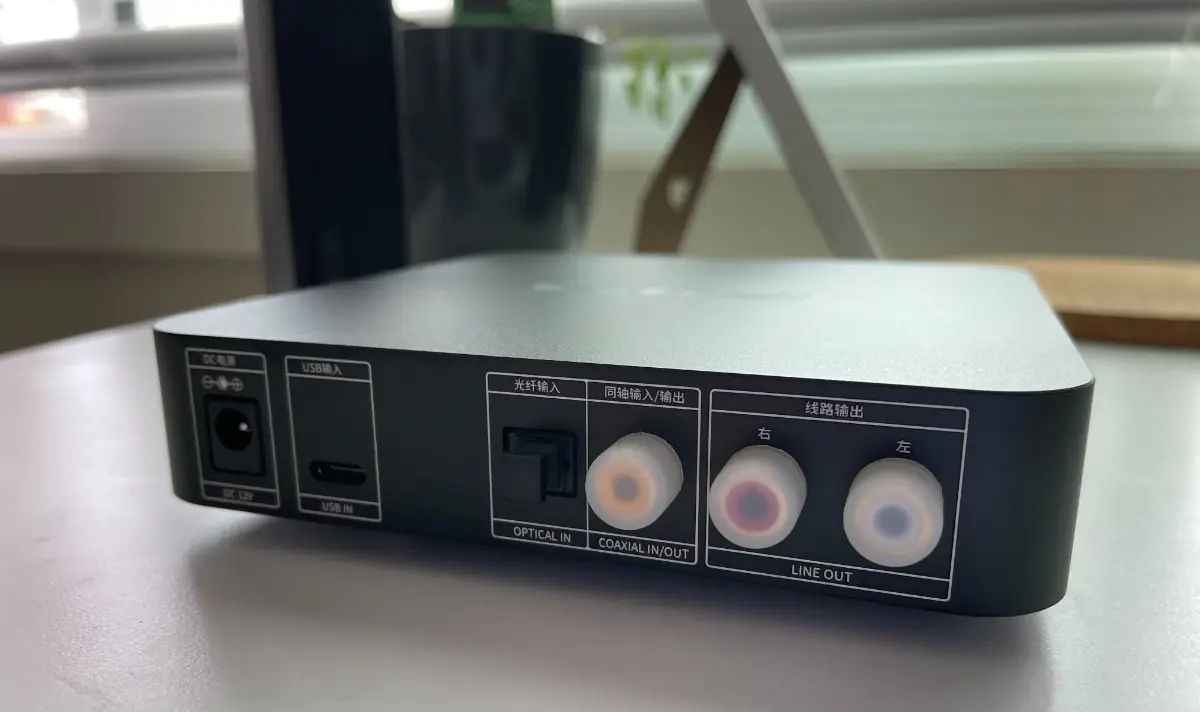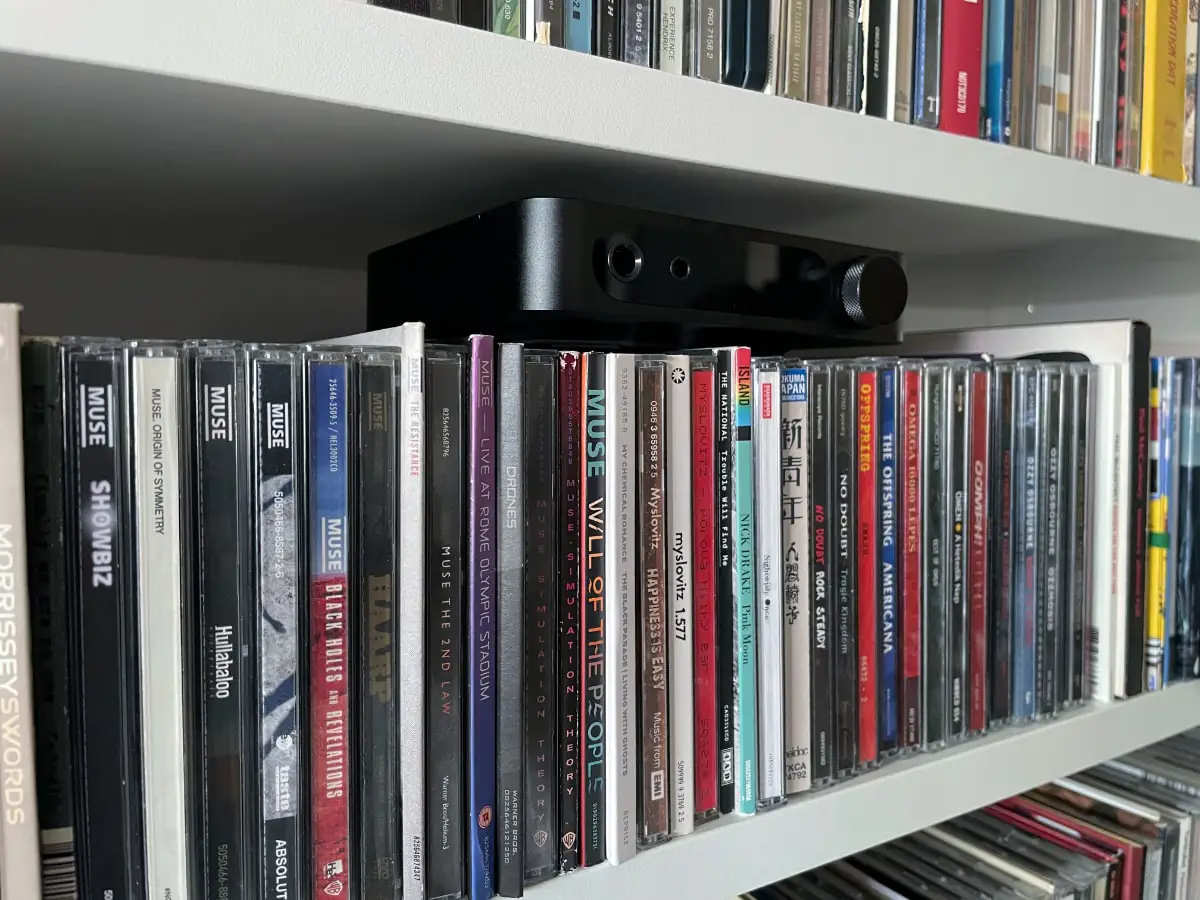© ROOT-NATION.com - Use of content is permitted with a backlink.
FiiO knows how to combine quality with affordability, and we’ve reviewed a fair share of their products. While not everything they make is perfect, we’ve come to expect exciting products and even more exciting prices. The FiiO K11 R2R, released this summer, is something every audiophile will be interested in.

The R2R resistor’s digital-to-analog conversion circuit, valued by audiophiles for its distinctive analog sound, has been a focus of FIIO’s research and development since 2020. According to the company, rather than hastily incorporating this technology, FIIO opted for a thorough approach. It wasn’t until the end of 2023, following a review by an internal panel of experts, that the company decided to integrate the R2R DAC into their offerings.
It’s a nice story, but the technology here truly is exciting. The K11, released not that long ago, was something we all wanted to try. The K11 R2R replaces the original model’s Cirrus Logic DAC chip with an R2R, or Resistor Ladder, DAC—a configuration not commonly found in modern desktop amplifiers within this price range. The K11 and K11 R2R share a similar circuit architecture.
Both models use the same control unit, headphone amplifier circuit, and USB decoding scheme. The DAC in the K11 is a single chip, whereas the R2R architecture in the K11 R2R is a more complex system. It includes an oversampling chip, an FPGA chip, a serial-to-parallel conversion chip, an R-2R resistor network, and an impedance transformation circuit.
The K11 R2R is FIIO’s first product to feature the R-2R DAC architecture, designed as an entry-level desktop device. It is priced $30 higher than the original K11 at $169 USD.
Features
R2R DACs have a certain reputation for sounding more organic and smooth. FIIO’s four-channel, fully differential 24-bit R2R DAC features two 48-precision thin-film resistor arrays per channel, totalling 192 resistors with a 0.1% tolerance and low-temperature drift (30ppm).
Additionally, the DAC module is housed on an independent PCB made from phosphor copper. The phosphor copper shielding cover undergoes a passivation process, enhancing its corrosion resistance and anti-oxidation properties.
Read also: FiiO FW5 review: You Get More Than You Pay For

The DAC allows users to switch freely between NOS (Non-Oversampling) and OS (Oversampling) modes.
The K11 R2R retains the same balanced amp circuit as the original K11, offering an output power of up to 1300mW per channel. It also maintains three gain levels, each with an independent volume curve, allowing for an optimized listening experience across different types of headphones, whether they are sensitive earphones or more demanding over-ear models.
The K11 R2R incorporates up to 17 low-noise LDO precision regulator ICs and two DC-DC converters, delivering a multi-channel specialized power supply with voltages of -9V, 8V, ±7.5V, ±6V, 5.4V, 3.3V, 1.8V, and 1.2V.
Design
The design is pretty much identical to the K11. In typical FiiO fashion, the body is made of aluminum alloy with an anodized finish, which makes it feel more premium. In addition to a simple VA LED display and a volume knob you get a fun element — the FiiO logo that changes color depending on the signal.

The FiiO K11 R2R features a variety of input and output options. On the front panel, there is a large volume knob that also functions as a multifunction button. Flanking the volume knob are a 4.4mm balanced headphone output and a 6.35mm single-ended output. Turning to the rear, users will find a USB Type-C input, an optical input, a coaxial input, and RCA line-out connections.
If you want to change the settings, you need to utilize the knob, which can be gimmicky, but you probably won’t have to do that often. Thanks to the screen, the amount of guesswork has been reduced to minimum.
Read also: Fosi Audio ZA3 review: a new king of class D amplifiers
Sound
The K11 R2R offers a warm and analog-like sound, particularly when using the NOS (Non-Oversampling) mode. The two modes are the main attraction here — I only wish there was some kind of indication on the display of what is being used. But it’s a small nitpick.
The mids are intimate without being overly forward. While the soundstage in NOS mode isn’t expansive, the imaging is adequate for its price point. More than adequate!

Switching to OS (Oversampling) mode, the K11 R2R delivers slightly better resolution and technicalities, with a more detailed sound compared to NOS mode. It’s a whole other different listening experience.
Despite being FIIO’s first R2R DAC/amp, the K11 R2R performs admirably, hinting at the potential for future mid-range or higher-end models. The sound is musical and engaging, and, most importantly, not boring. That’s one sin I cannot excuse.
Read also: FiiO SP3 active speakers review: heavy metal performers
Verdict
The FiiO K11 R2R does its job admirably, and it does it for a price that’s hard to believe. Once again the company managed to impress, proving that you can care about the sound without going broke.

